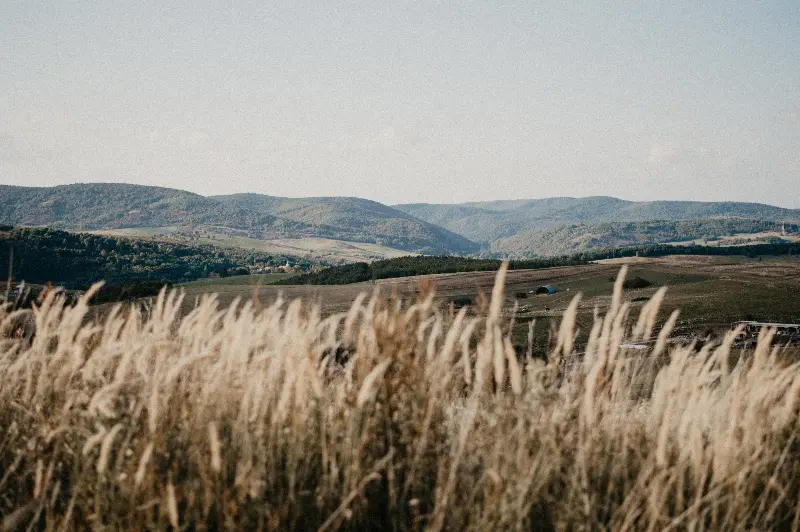
Helyszín címkék:
Five vintner who have changed Tokaj
Ripka Gergely
István Szepsy
The crystallization of the Szepsy family winery practically started prior the change of regime, quite slowly besides the full-time job. Then from 1991, István Szepsy presented such aszú wines to the contemporary scene, which knocked everyone down with a feather...the vintage of 1993 became successful in other parts of the wine region as well, while Szepsy was among the first who began the practice of green drop with yield limitation for the sake of higher quality. 1999 is another groundbreaking vintage: with the first late harvest Szepsy cuvée (high content, more understandable style), then 2000 made a breakthrough in dry wines and the concept of vineyards. Since 2003, the Szamorodni (and newer vineyard selections) and, since 2017, the parcel-selected superaszú all have been important and influential milestones in Szepsy's oeuvre.

Zoltán Demeter

The previously mentioned Úrágya furmint from 2000 was made by the vintner, Zoltán Demeter with Szepsy in Királyudvar. He has been building his own estate in Tokaj since 1996, which has now become one of the most acclaimed wine workshops in the Tokaj scene, with such cutting-edge efforts as the revival of the historical main wine category (2003-2008), parcel-selected dry wines from different vineyards. Besides volcanic habitat, the vintner has also opened up new perspectives by Szerelmi from loess, aszú and szamorodni, and even mostly in the quality of bottle-fermented champagne measured not only regionally but nationally.
András Bacsó
From the point of view that András Bacsó has recently resigned from the principal’s chair of Oremus, but it does not detract from the fact that he was the person who led the change of regime in the wine region. At that time, he had charge of the ‘Tokaji Borkombinát’ (Wine Factory of Tokaj), taking into account the possible scenarios, and then allowing space for foreign capital and the creative opportunity provided by privatization, which proved to be an ideal start anyway! Thus, following the Spanish investment, Tokaj Oremus arrived in Tolcsva, where András Bacsó's sensitivity and attitude had an extremely significant effect on the quality of Szamorodni, aszú but also established the style of dry wines.
Attila Homonna
Between 2000 and 2005, the area around Mád and Bodrogkeresztúr received the most attention in the wine region, which is also true for dry and sweet wines. Around 2005, the young winemaker Attila Homonna from Debrecen was the vintner who presented such dry furmints from the vineyard of Határ on the border of Erdőbénye and Olaszliszka, which highlighted how many forgotten but exciting terroirs are hiding in the southern slopes of Zemplén. From 2012, he was the first who started bottling serious wines on the stony vineyard of Rány with a long history, as a result of which about a dozen nearby producers turned to the site.
Stéphanie Berecz

She was born along the Loire, from Bordeaux she came to practice to Disznókő Vineyard established by French investment, her lifelong passion and even love have grown from practice. By the help of her marriage to Zsolt Berecz, she obtained a family cellar, a vineyard, and the Kikelet. She still makes her exciting wines exclusively on the Tarcal side of Mount Tokaj, i.e. from a loess site. Stephanie was the most influential vintner in the wine region, proving that loess can also be used to make long-maturing, special dry wines, both in furmint, but especially in hárslevelű. This is proved by their brilliant wines from the historically classified Lónyai, Váti or Košice vineyards.






